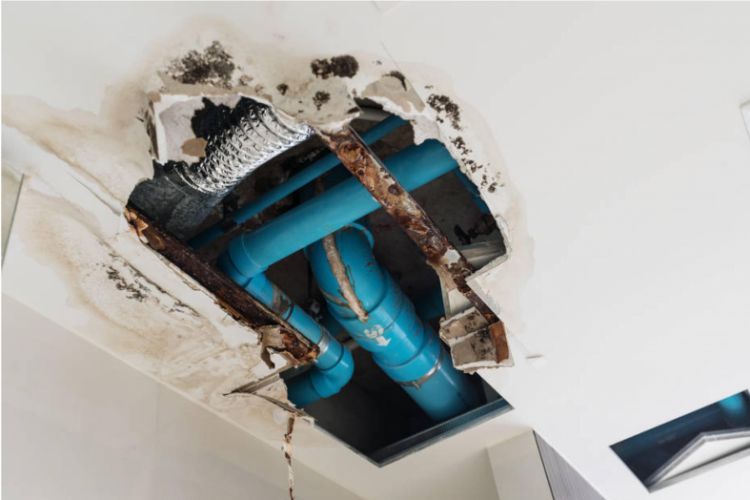 If your home’s plumbing is outdated or experiencing problems, you may need to repipe it.
If your home’s plumbing is outdated or experiencing problems, you may need to repipe it.
Repiping a house involves replacing the old pipes with new ones.
This can be a big job, but it’s worth it for the improved function and appearance of your home’s plumbing.
Continue reading to learn what to expect when repiping a house.
If you need help with any aspect of your home’s plumbing system, you can rely on the team at Clover Services.
Table of Contents
What is repiping a house and what are the benefits of doing it?
When a house is “repiped,” it means that the existing network of pipes is replaced with new pipes.
This can be done for a variety of reasons, but it is most commonly done in older homes where the existing pipes are made of materials that are no longer used or where the pipes have begun to leak.
There are several benefits to repiping a house. First, it can improve water pressure throughout your house. Second, it can reduce the risk of leaks, which can not only cause water damage but also lead to mold and mildew growth. Third, it can improve the taste and smell of the water, as well as the quality of the water overall.
Finally, it can increase the home’s resale value. Any of these factors can be enough to convince a homeowner to invest in repiping their house.
How does the repiping process work?
It can be a difficult task to replace your home’s pipes, but it is necessary to do so if they are deteriorated or outdated.
First, you’ll need to shut off the primary water supply to your home. Once the water is turned off, you will need to drain all of the water from the pipes. This can be done by opening all of the taps in your home and letting them run until they are empty.
Once the pipes are empty, you can start to work on removing the old pipes. To do this, you will need to cut through the drywall or other material that is covering the pipes. Once you have access to the pipes, you will need to detach them from the fixtures in your home.
After the old pipes are removed, you can start to install the new pipes. To do this, you will need to connect the new pipes to the fixtures in your home and then run them to the main water supply line. Once all of the new pipes are in place, you can turn on the primary water supply and test for leaks. If there are no leaks, your home has been successfully repiped!
What type of materials are used while repiping a house?
When a house needs repiping, Numerous variables will affect the material utilized including the climate, the condition of the existing pipes, and the water quality.
For instance, in areas with hard water, copper pipes are often used because they are resistant to corrosion. However, copper pipes can be expensive, so alternatives such as PVC or PEX may be used instead. In addition, the type of plumbing system in the house will also dictate the materials used.
For example, a standard gravity system can use different materials than a pressurized system. The easiest approach to choosing the right pipe for your home is to speak with a skilled professional who can evaluate your particular requirements.
How much does it cost to repipe a home?
The cost of repiping a home depends on a number of factors, including the size of the house and the type of pipes that need to be replaced.
In most cases, repiping is a major project that requires the services of a professional plumber. The average cost of repiping a three-bedroom home is typically between $5,000 and $10,000. Homes with more bathrooms or larger square footage may cost more to repipe. Additionally, homes with complex pipe layouts or that require the use of specialized materials may also incur higher costs.
However, regardless of the size or complexity of the project, repiping is generally considered to be a worthwhile investment that can improve the quality of your home’s plumbing system and increase its longevity.
What are the potential risks associated with having your home’s piping replaced?
There are a few risks associated with having your home’s piping replaced. One is that the contractor may not do a good job, and you could end up with leaks or other problems. Another is that the new pipes may not be compatible with your existing plumbing fixtures, and you may need to have these replaced as well.
Finally, there is always the possibility that something could go wrong during the installation process, and you could end up with damage to your home or even injuries. However, as long as you hire a reputable contractor and take proper precautions, these risks can be minimized.
What is involved in repiping a house? — Conclusion
If you are experiencing water damage, leaks, or other problems with your plumbing, it may be time to repipe your house. Repiping a home can seem like an uphill battle, but with the help of a professional plumber, it can be completed quickly and easily.






